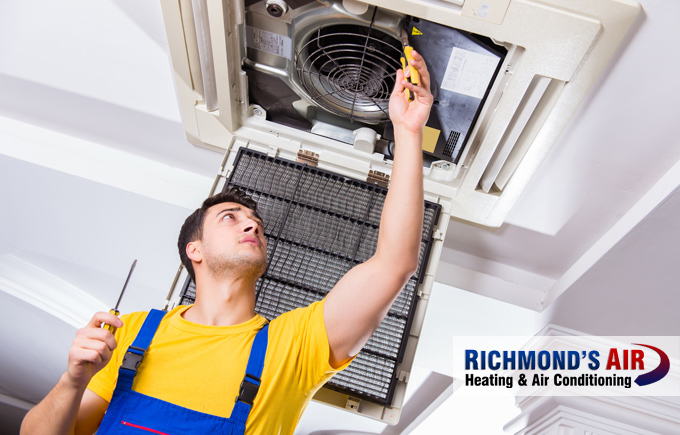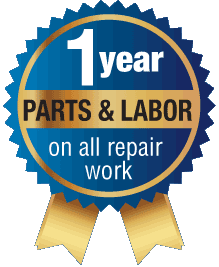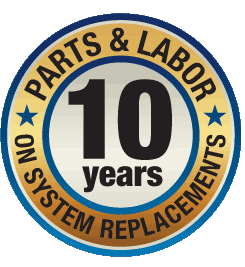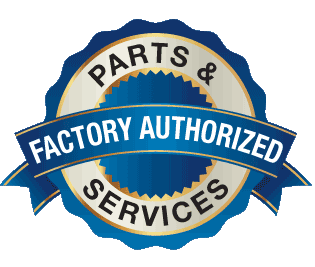
An overview of what to expect when hiring Richmond’s Air to replace your residential air conditioning system
Your central air conditioning system is a major appliance in your household, which means that it’s often operating throughout the year—especially in hot and humid Texas. While basic annual maintenance can prolong the longevity and efficiency of your system, A/C units older than a decade or more may be ready for a complete replacement.
A new residential A/C installation is a big investment, so homeowners are often curious about what steps are involved and what the timeline is. Here at Richmond’s Air, our professionals have installed countless central cooling systems in homes all across Houston. We know the process like the back of our hand, but we understand that you might be unfamiliar with what to expect.
Here’s an overview of the process so that you can be prepared.
1. Sizing and location considerations
During the quoting process, our A/C professionals will verify the proper size for your new system to match your home’s square footage with a unit that will cool your space with optimal energy efficiency. Here at Richmond’s Air, we aren’t interested in just selling you the biggest, most expensive system we can because we know that a properly sized A/C unit saves you money over time.
Our technicians will typically install the new unit in the same location as the old system. However, you may want to move the unit to another area, such as onto a rooftop. We encourage you to discuss your concerns and preferences with the technician during the initial consultation so that we can quote the location that best suits your needs.
Keep in mind that an ideal location for a residential AC system must have these characteristics, such as:
- Ample airflow
- Far from neighbors’ windows
- Solid support for the unit’s weight
2. Verifying the ductwork’s quality
Replacing an outdated A/C system might also require some ductwork. Ducts are the passageways between the interior components and vents throughout the home. Our A/C professionals may need to evaluate your home’s ducts for any damages, such as tears or displacement.
In most cases, your A/C replacement will only include the interior and exterior components. The ducts tend to remain intact over the years. But if there are any duct damages, that cost will be added to the quote.
3. Understanding a fair quote
How much does it cost to replace a central air conditioning unit?
It depends.
Your A/C replacement quote will include these basic elements:
- Materials
- Labor
- Removal fees
Currently, the price can range between $4,000 and $12,000.
Larger homes, for example, will require a bigger unit or even multiple units. Or there might be additional details, such as refrigerant leaks, that must be addressed. All of these factors should be clearly laid out in your quote.
4. Preparing for the big day
You should expect a standard residential central A/C installation to take one full day. This estimate includes removal, installation and testing periods. Complex or larger homes might require 2 days or more for installation.
Your technician will give you a clear look at the installation timeline during the quoting process. For trained professionals, installing these units is extremely streamlined. Delays occur very rarely because the technicians know how to solve any issues as the installation moves ahead.
5. Installing the components
To begin, A/C professionals will cap off lines and remove the old system first. They will focus on running and sizing refrigerant and drainage lines next.
The technician will then install the new components into place. They’ll verify that spacing and connections are adequate for safe operations.
Next, they’ll focus on the electrical connections. Most of the time involved during an installation is dealing with these critical drainage and power details. Systems can be highly volatile if refrigerant leaks or electrical lines short out.
You might opt for a new thermostat to complement your new A/C system, which would need to be installed at this point. Before the technician tests the thermostat, they will remove any contaminants from the refrigerant lines. The entire system must be clean in order to operate as designed.
6. Testing the system
With all of the components installed and lines connected, the technician will test run the new unit. They’ll look for any leaks or electrical issues. Technicians take some time with this process because any problems that are within the system will show up now. Refrigerant leaks are toxic and hinder the system’s operations, for instance, so checking these areas is critical to long-term performance.
The technicians are also looking to ensure that the temperature matches the system’s settings. If any issues arise, they’ll take care of them now. Depending on the concerns, testing might take an hour or longer. The technicians are trained to complete every checkpoint before signing off on an installation.
7. Keeping up with maintenance
After installation, the components should operate seamlessly with barely any maintenance required on your part. In order to protect your new investment, contact your trusted A/C professionals once a year after the installation to perform routine maintenance.
During this annual tuneup, the technician will perform a few tasks, including:
- Checking the refrigerant levels
- Verifying electrical connections
- Testing the thermostat for accuracy
They’ll also clean the interior and exterior components as necessary. Dust and other contaminants can slow down or even hinder the unit’s operations. A yearly checkup is a simple way to make sure that your home A/C unit is running as efficiently as possible.
Don’t forget to periodically replace or clean the air filter, too. This maintenance task is usually performed once a month for units operating on a daily basis. Clean filters allow the air to easily flow through the system, which protects all of the critical components and maximizes the lifespan of your unit.
 Read reviews
Read reviews








